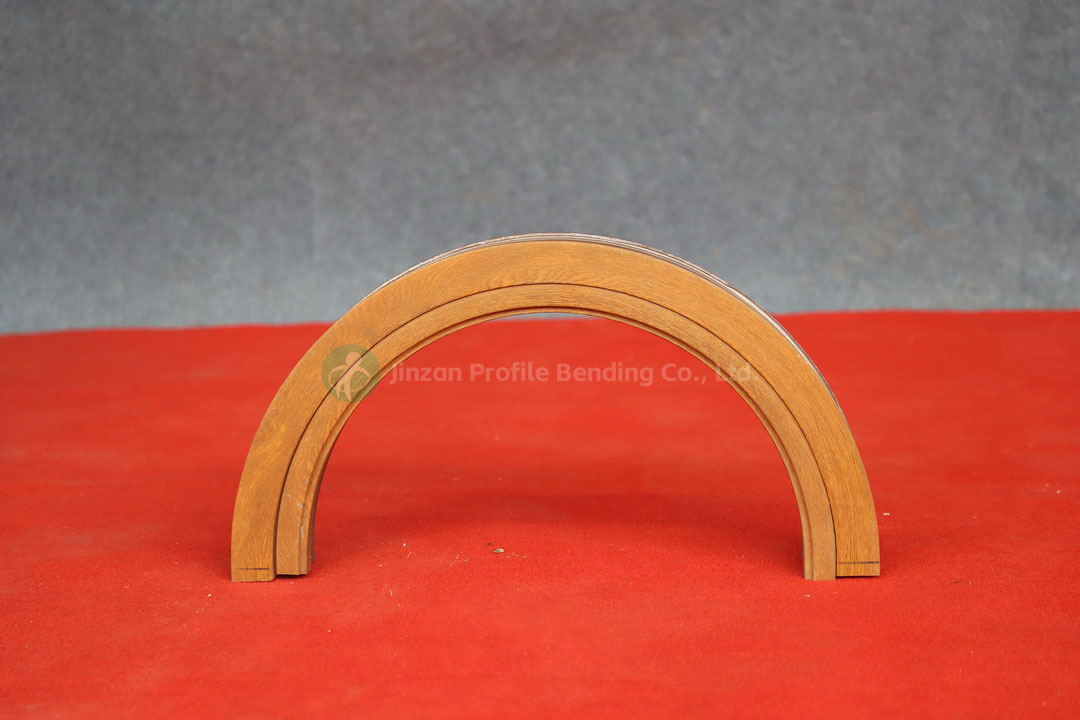Redefining the construction industry with innovative solutions, cuttin-edge technology and sustainable practices
Profile Bending 2025-07-05
The bending processing of automobile parts is a critical step in the manufacturing and assembly of vehicles. This process involves shaping metal components to meet design specifications while ensuring structural integrity and performance. However, as with any manufacturing process, bending can present various challenges.
1. Inaccurate Bend Angles
Problem: One of the most frequent issues in bending processing is achieving inaccurate bend angles. Deviations from specified angles can lead to improper fitting of components, affecting the overall assembly and performance of the vehicle.
Solution: To mitigate this problem, manufacturers should invest in high-precision bending machines equipped with advanced control systems. Implementing routine calibration and maintenance of the machinery can also help ensure accurate angle measurements. Additionally, using digital protractors or angle measurement tools can provide real-time feedback during the bending process, allowing for adjustments as needed.
2. Material Distortion
Problem: Material distortion often occurs during the bending process, particularly with materials that have high ductility or varying thicknesses. Distortion can compromise the aesthetics and functionality of the parts.
Solution: To minimize distortion, manufacturers can utilize proper tooling that matches the material properties and thickness. Employing techniques such as heat treatment before bending can also help reduce residual stresses. Moreover, maintaining consistent processing parameters, such as speed and pressure, can contribute to more uniform bends and less distortion.
3. Cracking and Fractures
Problem: Cracking and fractures in the material can occur, especially when bending hard metals or materials with poor ductility. This not only leads to waste but can also pose safety risks in the final product.
Solution: To prevent cracking, it is essential to use materials with appropriate ductility for the intended bend radius. Implementing techniques such as pre-bending or using lubricants can help reduce friction and stress on the material during the bend. Additionally, using a larger bend radius can decrease the likelihood of cracking.

4. Inconsistent Wall Thickness
Problem: Variations in wall thickness can lead to inconsistent bending results, affecting the structural integrity of the finished parts.
Solution: To address this issue, manufacturers should ensure that the raw materials used for bending meet stringent quality control standards. Employing advanced measurement technologies, such as laser scanning or ultrasonic testing, can help detect inconsistencies in wall thickness before the bending process begins. Implementing a thorough inspection process can identify and rectify issues before they impact production.
5. Tool Wear and Damage
Problem: The tools used in bending processes, such as dies and punches, can wear out or become damaged over time, leading to poor-quality bends and increased production costs.
Solution: Regular maintenance and inspection of bending tools are crucial to prolonging their lifespan and ensuring quality output. Utilizing high-quality materials for tools and incorporating coatings that reduce friction and wear can enhance durability. Additionally, implementing a tool management system can help track tool usage and schedule timely replacements.
6. Inadequate Training and Skill Levels
Problem: A lack of skilled operators can lead to errors in the bending process, resulting in defective parts and increased downtime.
Solution: Investing in employee training programs that focus on the nuances of bending processes is vital. This includes educating operators about different materials, tooling, and machine settings. Implementing a mentorship system where experienced workers train newcomers can help bridge the skill gap and foster a knowledgeable workforce.
7. Inefficient Production Processes
Problem: Inefficient production workflows can lead to delays, increased labor costs, and reduced output quality.
Solution: To improve efficiency, manufacturers should analyze their production processes and identify bottlenecks. Implementing lean manufacturing principles can help streamline operations, reduce waste, and enhance productivity. Additionally, adopting automation technologies, such as robotic bending systems, can improve consistency and speed in production.
The bending processing of automobile parts is a complex operation that requires precision and attention to detail. By addressing common problems such as inaccurate bend angles, material distortion, cracking, inconsistent wall thickness, tool wear, inadequate training, and inefficient processes, manufacturers can enhance the quality and reliability of their products. Through continuous improvement, investment in technology, and a skilled workforce, the automotive industry can ensure that bending processes meet the demands of modern vehicle manufacturing. As technology advances, staying proactive in solving these challenges will be essential for maintaining competitiveness in the ever-evolving automotive landscape.